When your business has outgrown the spare bedroom but isn’t ready for the big leagues, you enter a frustrating no-man’s land. Jeffrey Giese, CFO of WareSpace, has seen hundreds of small business owners navigate this critical transition—and he’s witnessed firsthand how traditional warehouse solutions consistently fail them.
After a year of managing WareSpace’s financial operations across 16 properties and analyzing data from over 1,200 tenants, Jeff has developed a strategy that challenges everything the commercial real estate industry assumes about small business needs.
This playbook reveals why conventional thinking keeps small businesses trapped in unsuitable spaces and provides a roadmap for making smarter warehouse decisions that actually support growth.
What Landlords Don’t Want You to Know
The commercial real estate industry has a dirty little secret.
They’ve built their entire model around large companies, leaving small businesses scrambling for scraps.
“If you go online right now and search for small warehouse space under 2,000 square feet in the DMV, you quite literally may find less than 15 options in the whole DMV,” Giese explains. “That doesn’t mean a lot to the broker—that’s not a big, meaningful commission.”
This isn’t an oversight. It’s systemic neglect of an entire market segment.
The industry has structured itself around massive deals with lengthy commitments, completely ignoring the reality of how small businesses actually operate and grow.
The blindspot becomes even more pronounced when you consider how global disruptions are changing inventory strategies. “The business concept of just-in-time inventory is a risk,” Giese observes. “If we have another supply chain breakdown, or geopolitical event where we’re all not getting along, and all my inventory is locked up in war ports… it’s a business risk.”
Small businesses are adapting faster than the real estate industry can respond, creating massive opportunities for those who pay attention.
Why Playing by Their Rules Always Backfires
Most small business owners follow a predictable path when they outgrow their home operations—and it usually leads to disappointment.
First, they try self-storage units, only to discover they “can’t deliver inventory there, you’d have to pick it up in a van and sneak it in.” Basic business operations become logistical nightmares.

When that fails, they turn to traditional warehouse space, where the real problems begin. The WareSpace CFO breaks down the barriers at these spaces:
“There’s a lot more hurdles to overcome, the first being a personal guarantee or some substantial credit to the space… If you don’t complete this lease for 5 years or 3 years, [the landlord] is coming after you personally.”
The financial commitment doesn’t stop there.
Landlords won’t get excited about one-year leases. You’re looking at five-year commitments that require lawyer review just to understand what you’re signing.
Then comes the capital expenditure reality check. Beyond legal fees and security deposits, you need substantial equipment investments. Racking systems, pallet jacks, and everything required to make the space functional for your operations—easily $5,000-$10,000 before you even store your first product.
The cash flow reality hits hardest. “You could have all the inventory in the world. But if you can’t pay your mortgage, you can’t pay your employees, your business [is] done,” Giese warns.
Traditional solutions force small businesses to make big company commitments without big company resources—a recipe for constraint rather than growth.
The “Two-For-One” Rule That Saves Thousands
The shift in strategy starts with a fundamental reframe: your warehouse choice should enable growth, not constrain it.
For example, WareSpace delivers an all-inclusive approach—utilities, internet, dock access, everything bundled into a fixed monthly fee. This isn’t just about convenience—it’s about strategic capital allocation that keeps your money working on growth instead of facility overhead.
The key insight above all, however, is knowing that usable space matters more than vanity square footage. “What is your usable square footage? You might be paying for 5,000 square feet. But what is your usable square footage? That’s key.”
This creates what Giese calls the “two-for-one” rule.
A warehouse rental company like WareSpace delivers double the functional value per square foot because you’re only paying for what you actually need, not bathrooms, loading areas, and dead space that traditional warehouses bundle into their pricing.
The “two-for-one” rule also prioritizes flexibility over false economy. Businesses can scale up and down as conditions change, which matters because growth rarely follows neat linear patterns. Seasonal fluctuations and market uncertainties require adaptable solutions, not rigid long-term commitments.
Most importantly, by shifting to a “two-for-one” strategy, business owners can focus on preserving working capital.
“My biggest message to small businesses in any business is cash is king.”
When you’re not tying up capital in equipment, deposits, and long-term commitments, that money can fuel inventory investment and actual growth.

What Happens When You Stop Playing Their Game
Smart warehouse decisions create measurable business advantages that compound over time.
Here’s what shifts when you stop playing by traditional real estate rules:
From Capital Drain to Capital Preservation
Traditional setups force businesses to hemorrhage cash on startup costs—racking systems, pallet jacks, utility deposits, equipment purchases. Some tenant-centered warehouses eliminate these upfront capital requirements entirely. “With WareSpace, we don’t have a lot of those upfront CapEx requirements for the business, so they can truly, on day one, move straight into investing in their business,” Giese adds.
This isn’t pocket change. That $5,000-10,000 you’re not spending on facility setup goes directly into inventory, marketing, or actual growth investments that generate returns.
From Cost Uncertainty to Predictable Operations
Traditional warehouses hit you with surprise costs monthly—internet bills, electrical charges, water, pest control, maintenance issues. Each utility runs separately, creating budget uncertainty that makes planning nearly impossible.
WareSpace flips this entirely. When Giese runs comparative numbers, the all-inclusive model often costs less than traditional options once you factor in every expense. “Our rent is actually cheaper,” he notes. Plus, short-term lease flexibility means you’re not trapped in commitments that no longer serve your business.
From Isolation to Community
Most warehouse spaces leave you operating in complete isolation. WareSpace creates something different—proximity to other business owners facing similar challenges creates natural collaboration opportunities through “relationships with professional networks, and really being able to utilize micro efficiencies of scale by knowing your neighbor.”
Think shared resources, collaborative purchasing power, and knowledge exchange that isolated spaces simply cannot provide. When facility management becomes someone else’s responsibility, you focus entirely on revenue-generating activities.

5 Power Moves That Pays Off
Five core principles should guide every small business owner’s warehouse decisions:
1. Prioritize Usable Space Over Vanity Metrics
Don’t get caught up in total square footage when what matters is functional space for your operations. Shared amenities like loading docks and common areas should enhance your capability without inflating your costs.
2. Preserve Cash for Core Operations
“An investment in inventory is a cash outlay,” Jeff reminds us. Every dollar spent on facility setup, deposits, and equipment is a dollar that can’t drive immediate business growth. Choose solutions that minimize capital requirements.
3. Build Flexibility Into Your Space Strategy
Your business will change. Market conditions will shift. The right warehouse solution adapts with you rather than locking you into yesterday’s assumptions about your needs.
4. Calculate Total Cost, Not Just Base Rent
Just an internet bill for $150 per month. Oh, and there’s $200 per month for electric, $300 a quarter for water, and then there’s pest control. It all adds up quickly. Always factor in the complete monthly commitment, including utilities, maintenance, and your time.
5. Leverage Community Resources
The right warehouse environment provides access to other business owners facing similar challenges. This network effect creates value that isolated spaces simply cannot match.
The companies that thrive in this new economy understand that their workspace choice is really a growth strategy decision. Every dollar you don’t waste on traditional warehouse headaches is a dollar that drives actual business results. Your competitors are still stuck negotiating five-year leases, while you’re scaling smart and staying nimble.
Make it count.
Ready to scale your business?
Find the ideal warehouse space for your business at a low monthly rate, near you.
- 12+ prime locations
- 1,200+ customers
- Rated 4.8 out of 5
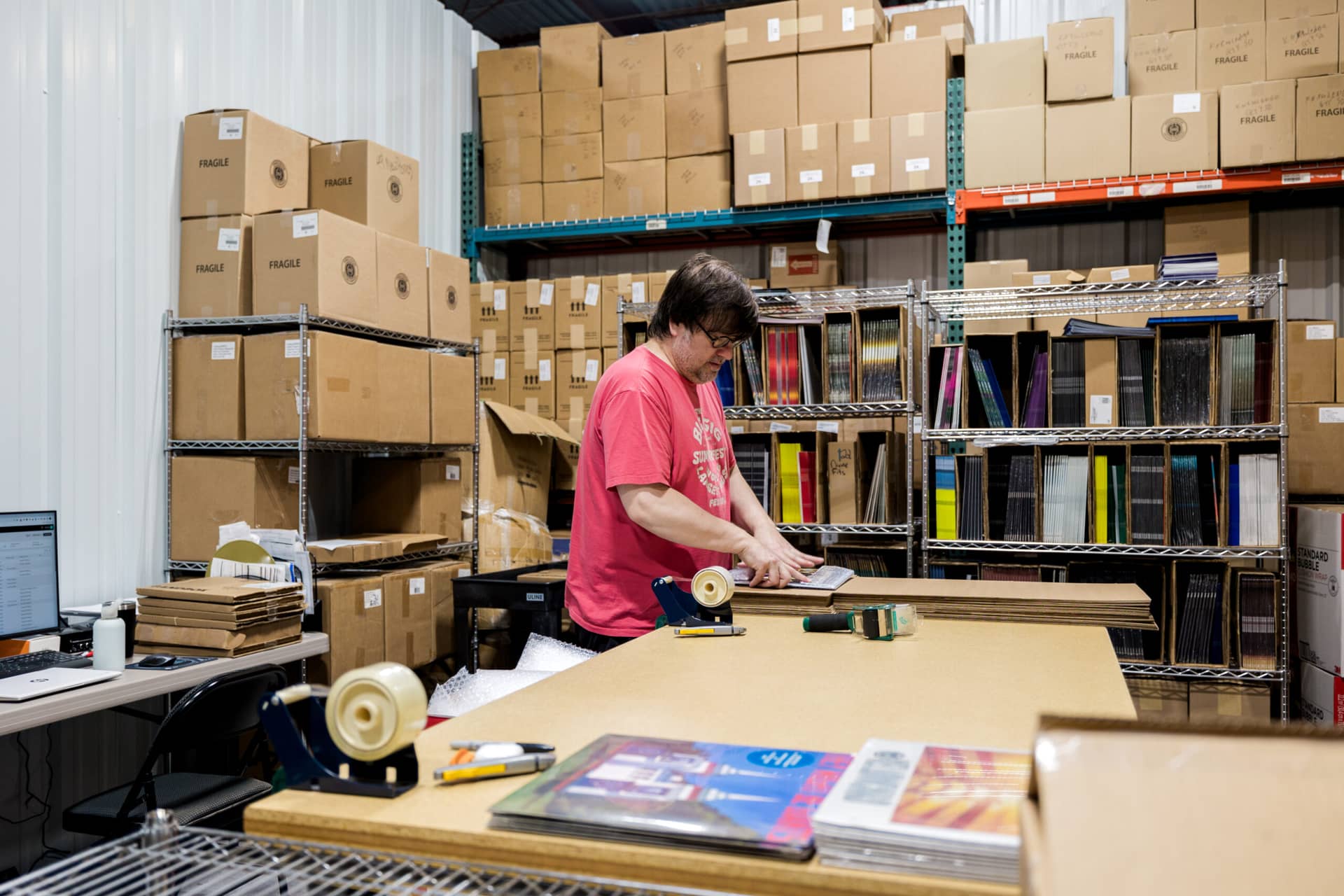
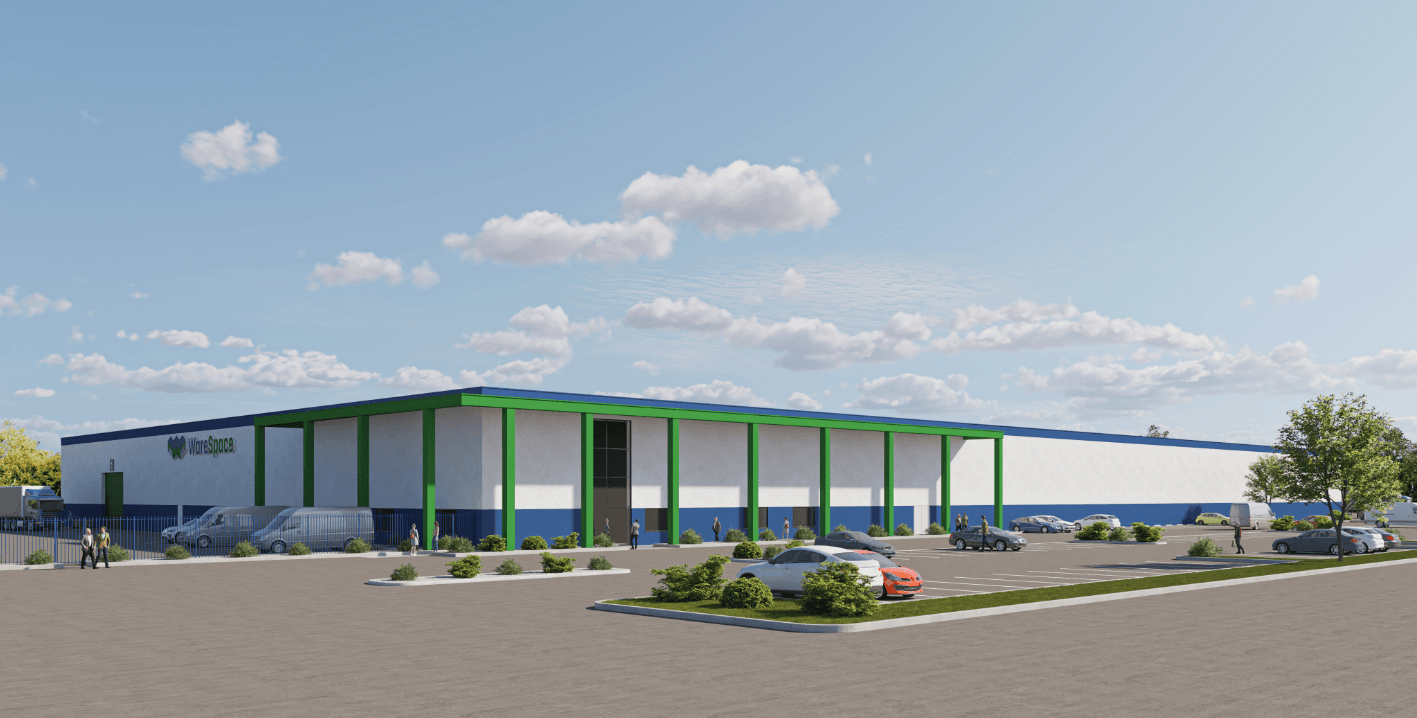
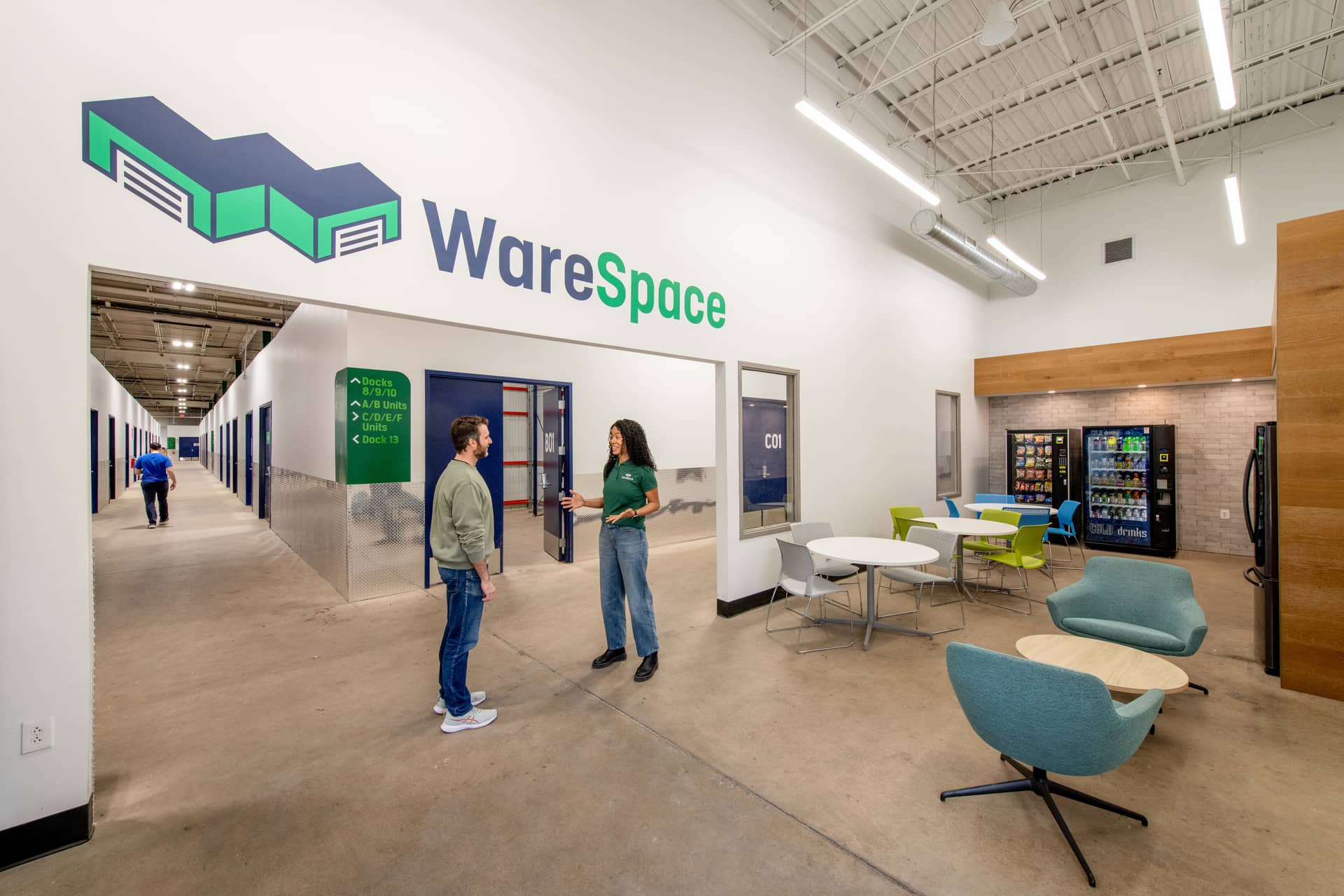

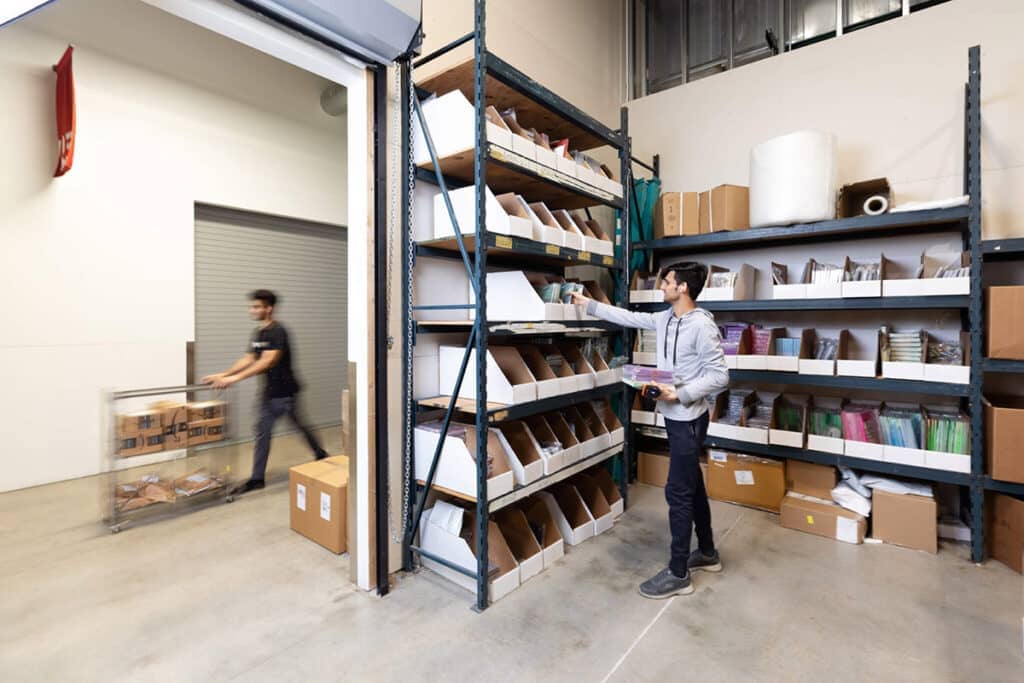
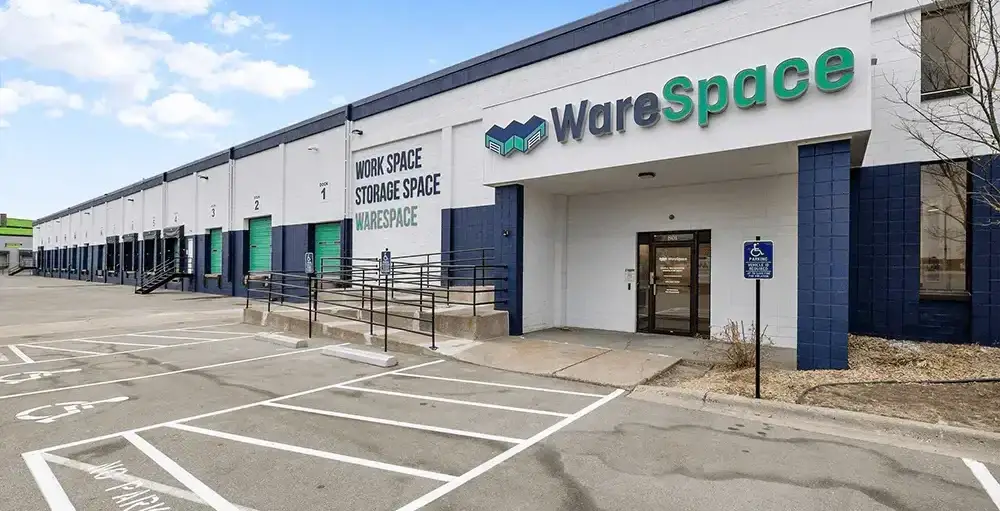
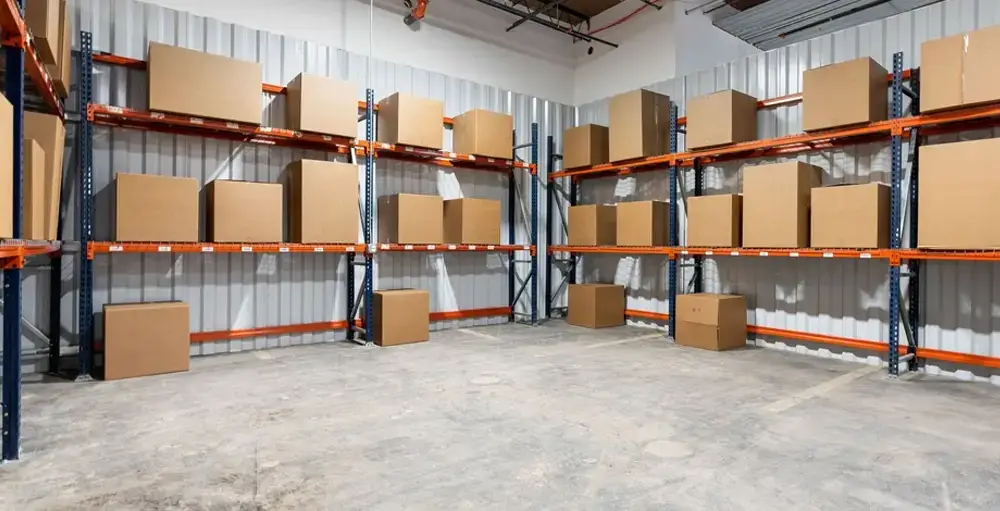
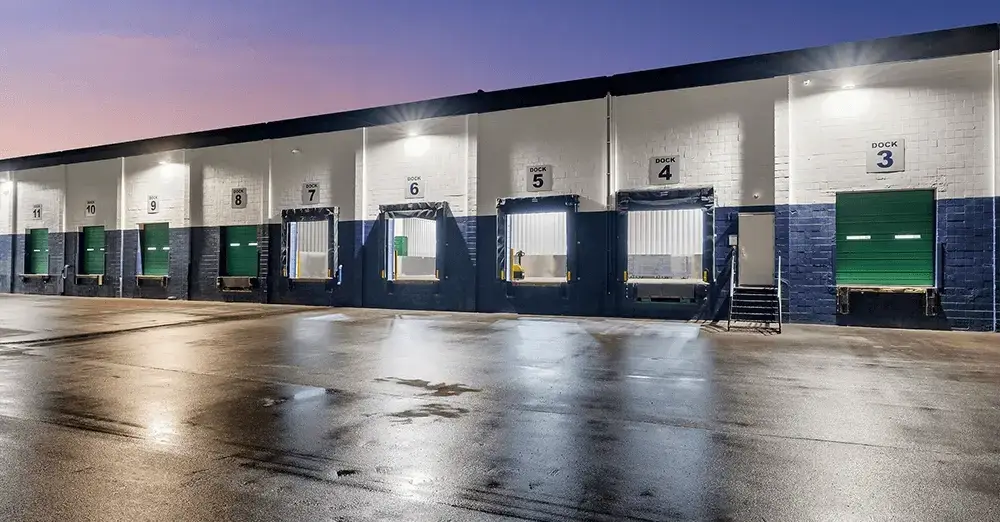
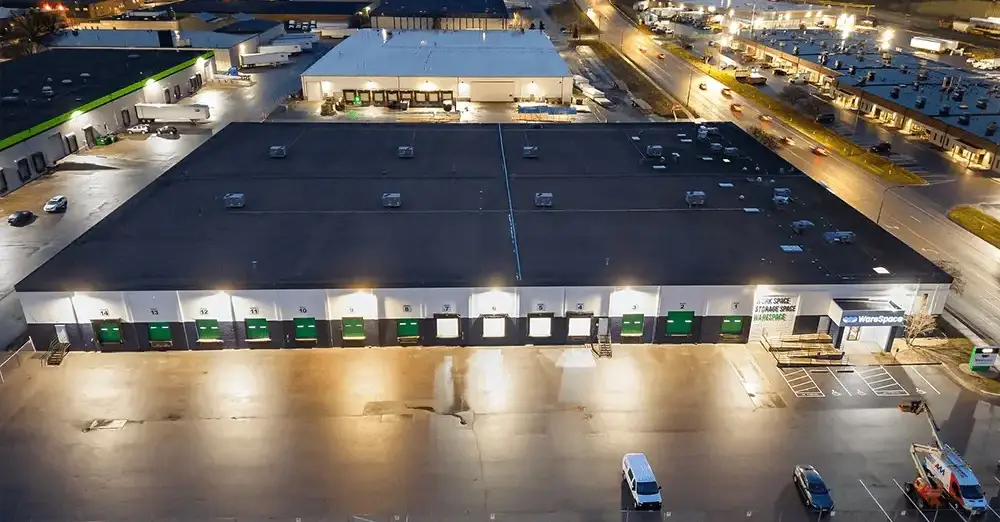











 ►
Explore 3D Space
►
Explore 3D Space